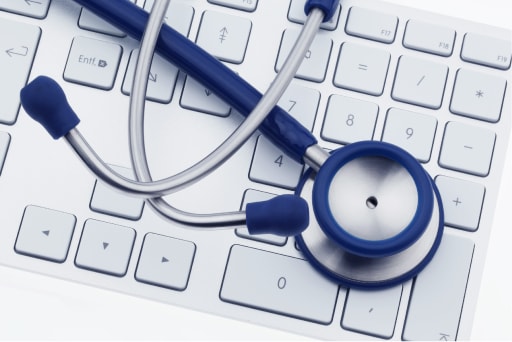Medical devices that are marketed overseas need to have vital information concerning the medical device translated into the languages of the country that the device is to be sold. This means instructions concerning usage including risks and warnings associated with the product. There are certain things you should not do when it comes to translating medical device information as follows:
- You should not use English only, as it is not spoken by everyone. In fact in the European Union, the Medical Device Directive (MDD), where medical devices are either tested or sold, any important information must be translated into the languages of those countries.
- Do not use any old medical translator or medical translation service to do the medical device labelling translation. It should be someone who has precise knowledge about the requirements in the country in question as to the type of labelling required.
- Do not treat machine translations as an effective way of translating medical device labelling or any medical document translations. Machine translations tools are not sophisticated enough to do effective medical device labelling or any legal document translations. They are rightly used as a means of speeding up translation time, but need to be perfected and carefully proofread before being released as a translation. In many instances where precise medical document translation is required, automated translation software is simply not yet appropriate, although as a technology it is certainly improving.
- Do not use too many different people to oversee a medical device labelling translation project if the labelling of your medical device is to be translated into many different languages. Use one person who should be assigned to oversee quality control of the whole project.
- Don’t assume that one language is identical throughout the different geographical areas of its coverage. Geographical areas such as Catalonia in Spain have their own unique form of Spanish so any medical device usage translation should take into account the different forms of Spanish and get a Spanish speaker who understands Catalan to do the translation.
Conclusion
If medical device labelling is translated incorrectly leading to misinterpretation of its use there is always the possibility of a lawsuit if anyone is injured after misunderstanding the instructions so it’s not worth cost cutting by getting anyone proficient in your target languages to do the translating. It requires a translation service with very specialised knowledge.




